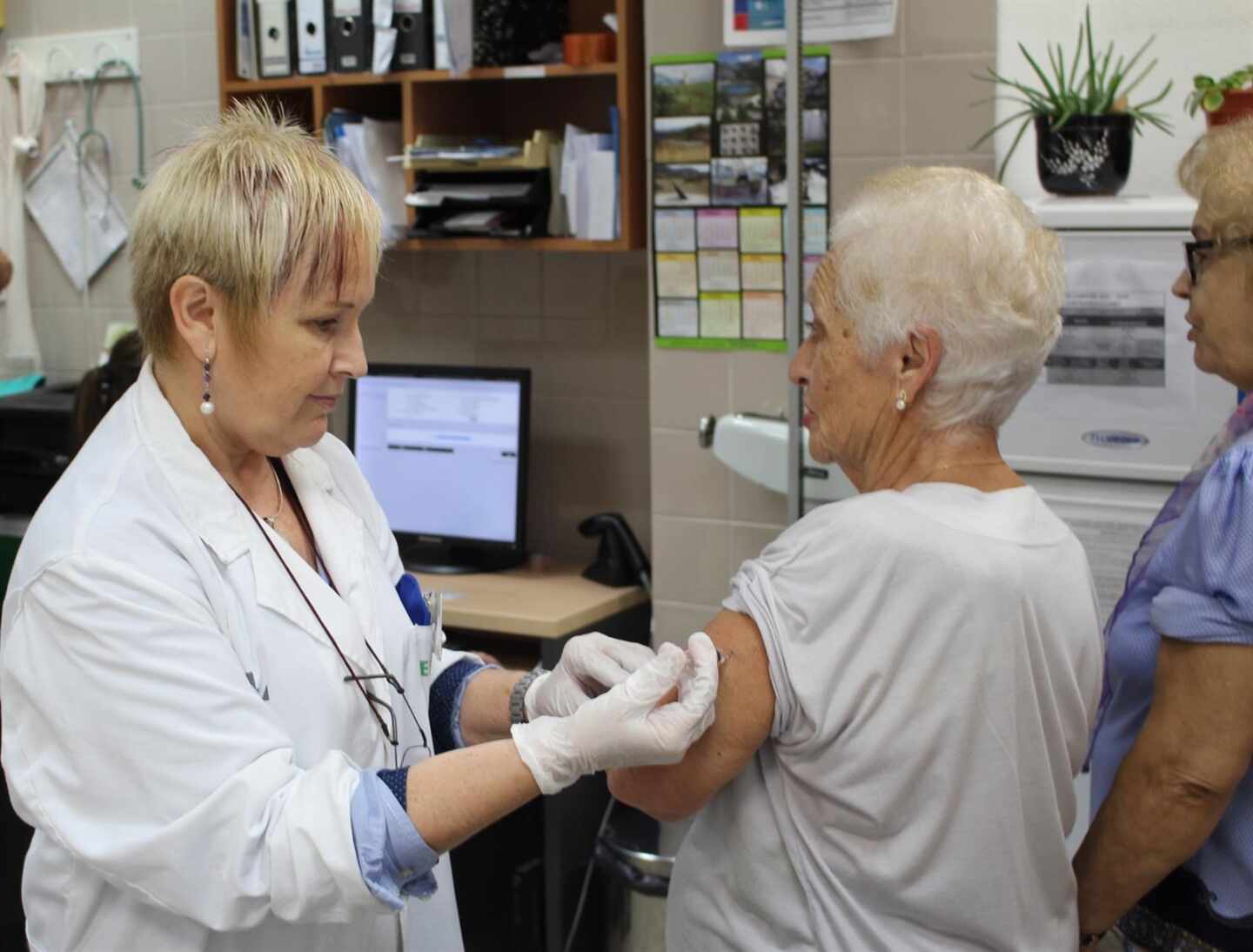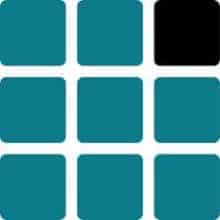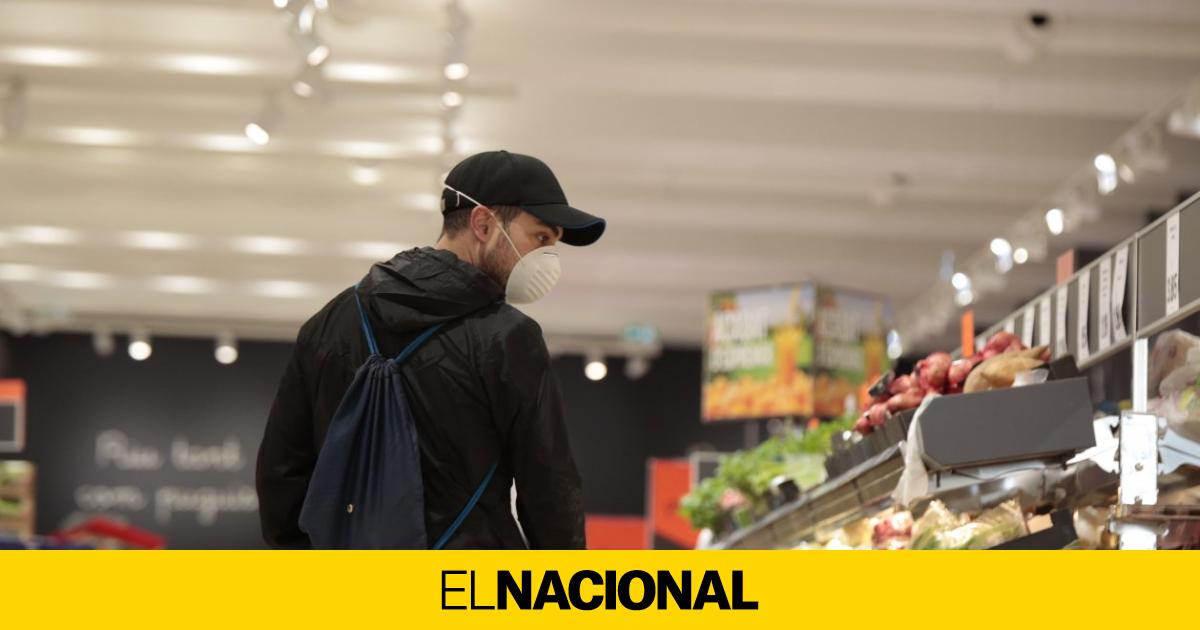i-chan lo ha explicado bien, me ha ahorrado la parrafada jaja
Nadie dice que no sirvan, evidentemente que sirven, pero para la gente sana que va por la calle:
a) Si son portadores asintomáticos y mantienen la distancia de seguridad y la higiene correctamente, van a contagiar lo mismo con o sin mascarilla, es decir, prácticamente nada.
b) Si no son portadores, y mantienen la distancia de seguridad y la higiene correctamente, van a estar igual de protegidos con o sin mascarilla, es decir, mucho.
¿Por qué contagian los portadores asintomáticos? O mejor dicho, ¿cómo contagian los portadores asintomáticos? ¿Simplemente por respirar? No, contagian porque nos damos la mano con ellos, nos besamos con ellos, nos abrazamos con ellos. Ninguna de estas acciones hecha con mascarilla baja el riesgo de contagio.
Y llevar mascarilla, como todo, requiere de un aprendizaje previo y de unas normas de higiene. No respetarlas y llevar una mascarilla guarra, da al traste con el resto de medidas.
Y por favor, si tenéis que usar mascarilla, no uséis una random hecha con tela, porque no sirven para nada.

 www.elindependiente.com
www.elindependiente.com








